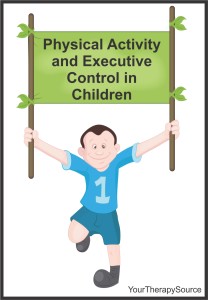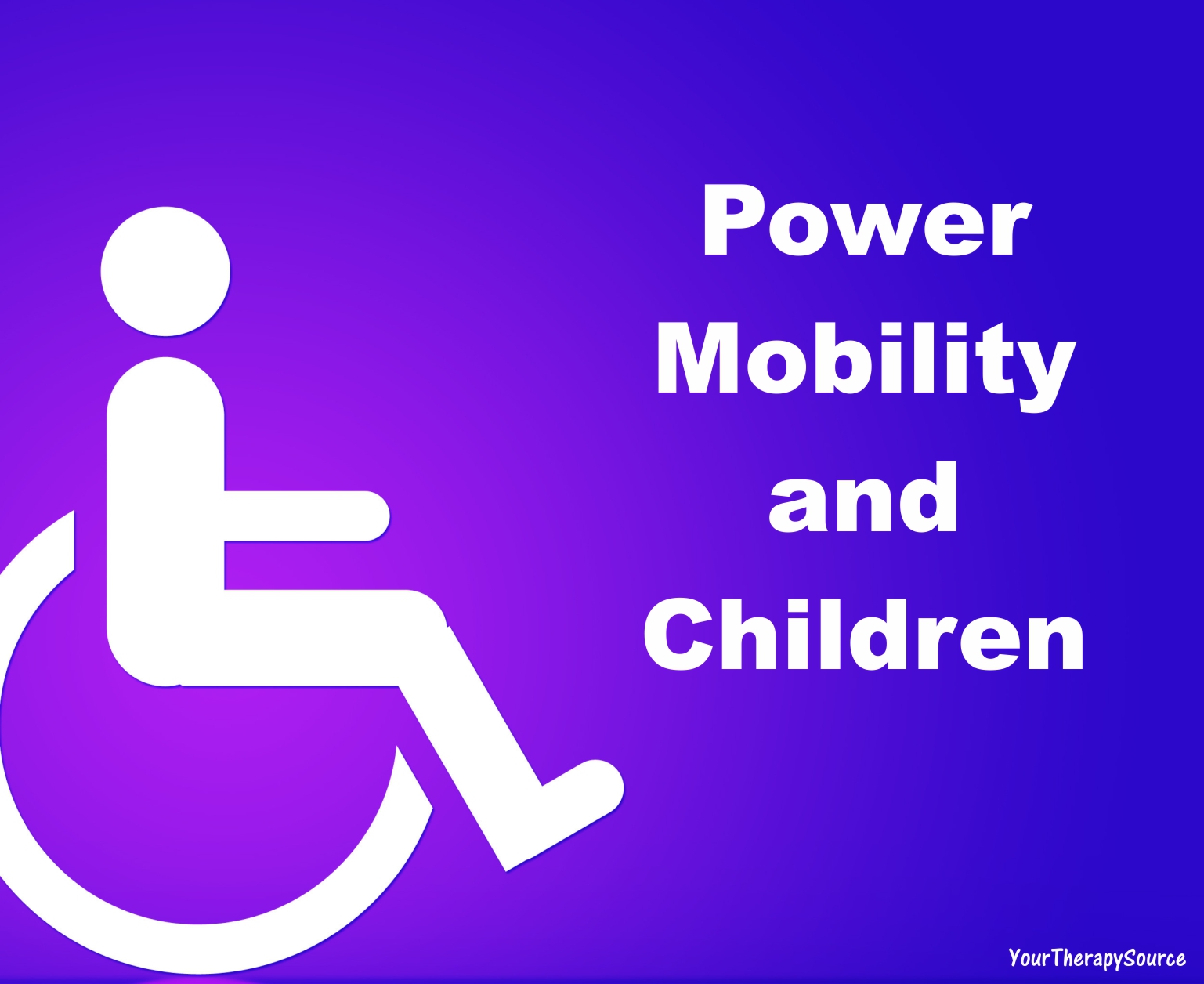Physical Activity and Executive Control in Children
 Pediatrics published research on 221 children (7-9 years old) who were randomly assigned to either a 9 month after school physical activity program or a wait list group. Following the intervention various measurements were recorded: changes in maximal oxygen consumption, electrical activity in the brain and behavioral measures (accuracy, reaction time) of executive control.
Pediatrics published research on 221 children (7-9 years old) who were randomly assigned to either a 9 month after school physical activity program or a wait list group. Following the intervention various measurements were recorded: changes in maximal oxygen consumption, electrical activity in the brain and behavioral measures (accuracy, reaction time) of executive control.
The intervention was every school day for two hours. Each session included at least 70 minutes of moderate to vigorous physical activity.
The results indicated the following:
1. fitness improved more among intervention participants from pretest to posttest compared with the wait-list control group.
2. inhibition and cognitive flexibility improved more in the intervention group from pretest to posttest compared with control.
3. only the intervention group increased attentional resources from pretest to posttest during tasks requiring increased inhibition.
4. improvements in brain function on the inhibition task and performance on the flexibility task correlated with intervention attendance.
The researchers concluded that the physical activity intervention enhanced cognitive performance and brain function during tasks requiring greater executive control. These findings demonstrate a causal effect of a physical activity program on executive control.
Reference: Effects of the FITKids Randomized Controlled Trial on Executive Control and Brain Function. Charles H. Hillman, Matthew B. Pontifex, Darla M. Castelli, Naiman A. Khan, Lauren B. Raine, Mark R. Scudder, Eric S. Drollette, Robert D. Moore, Chien-Ting Wu, and Keita Kamijo. Pediatrics peds.2013-3219; published ahead of print September 29, 2014, doi:10.1542/peds.2013-3219


